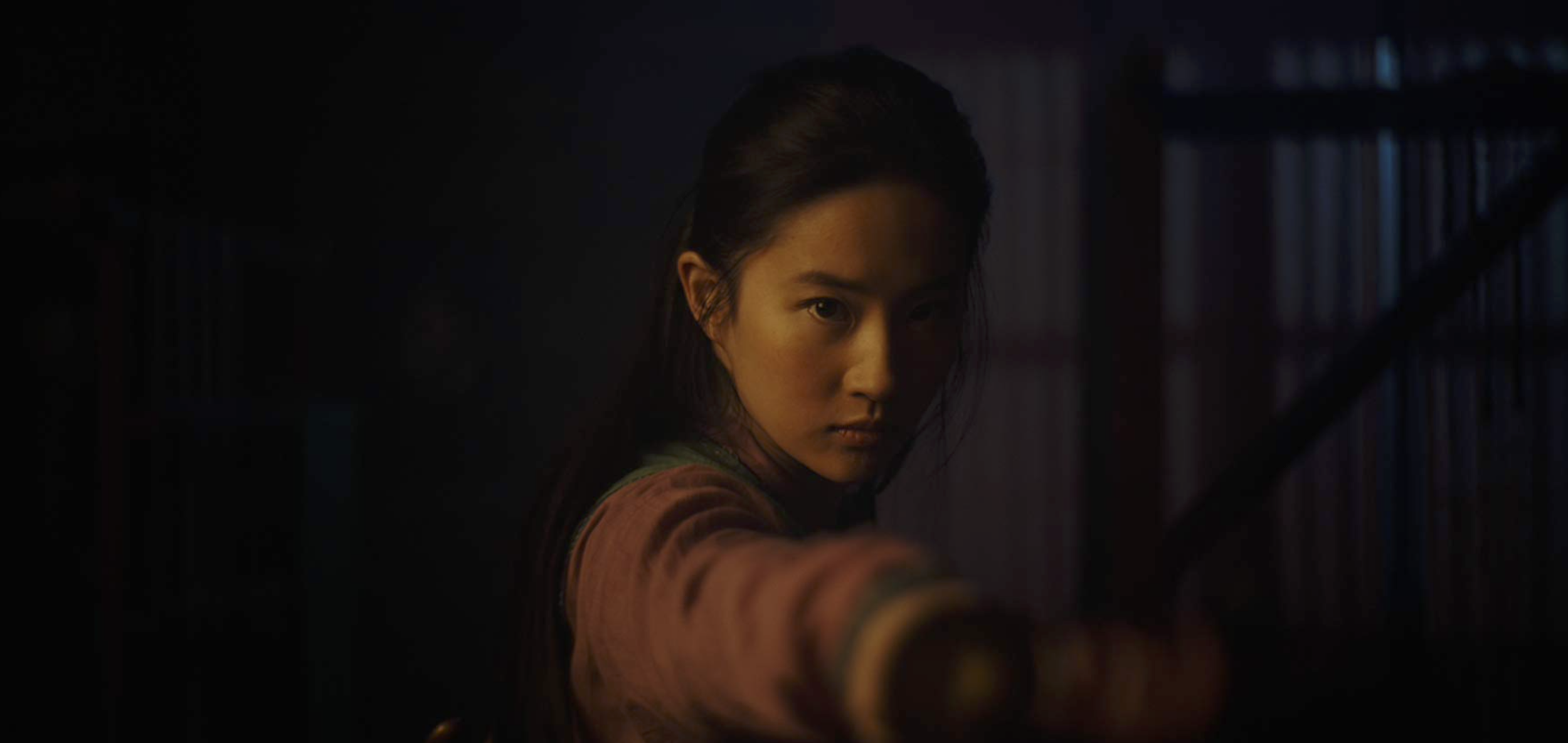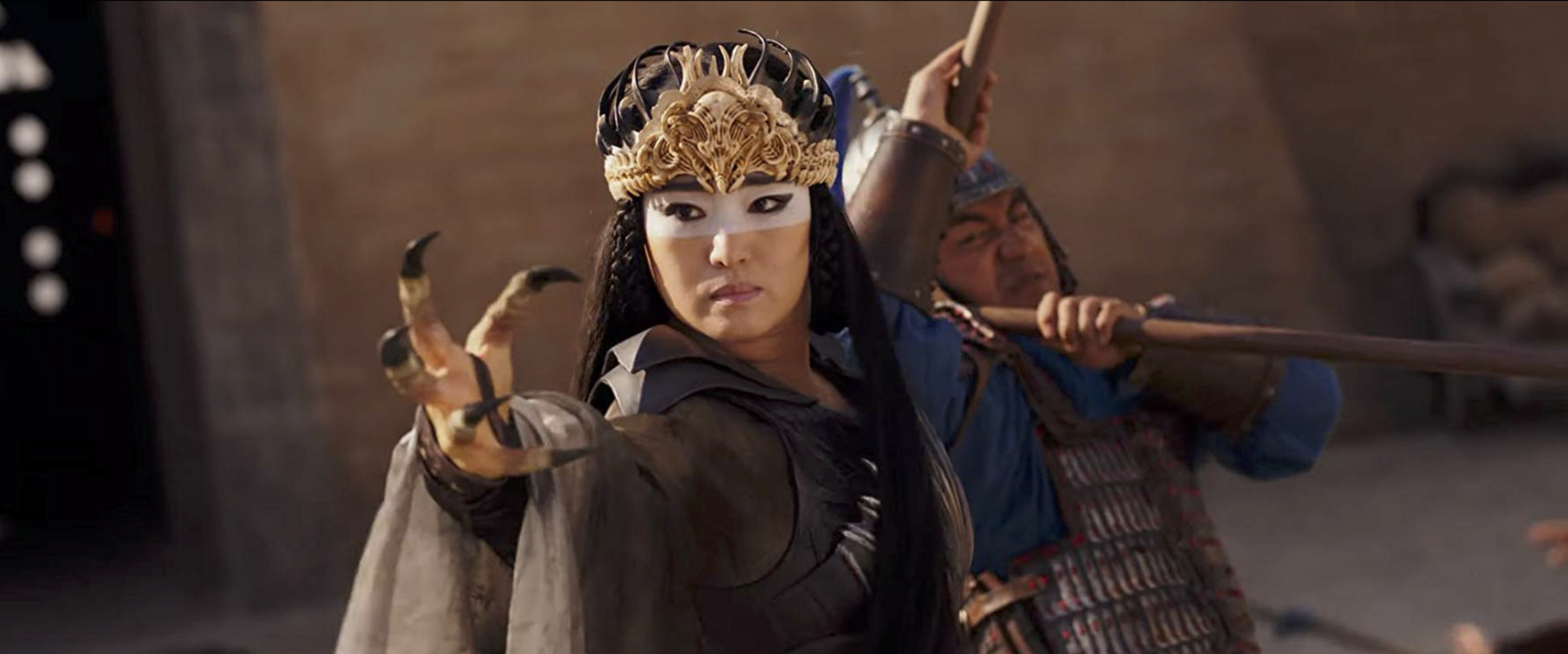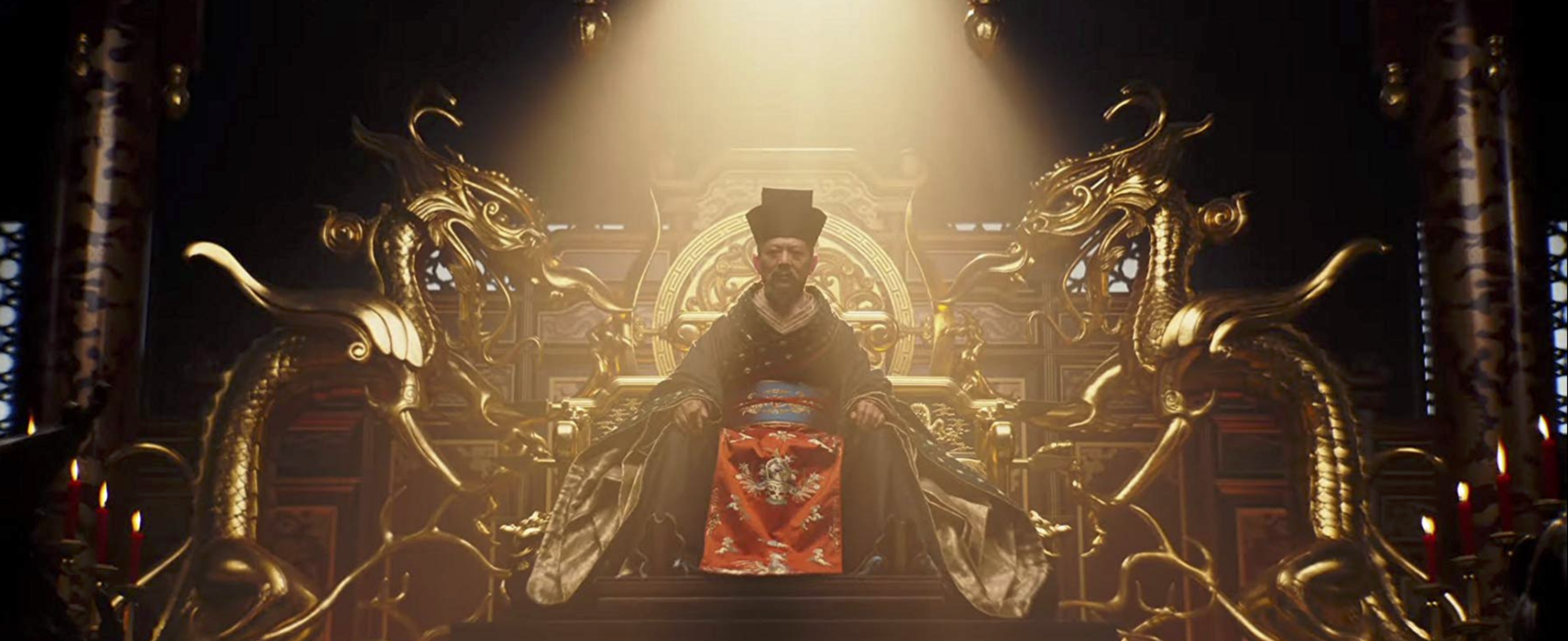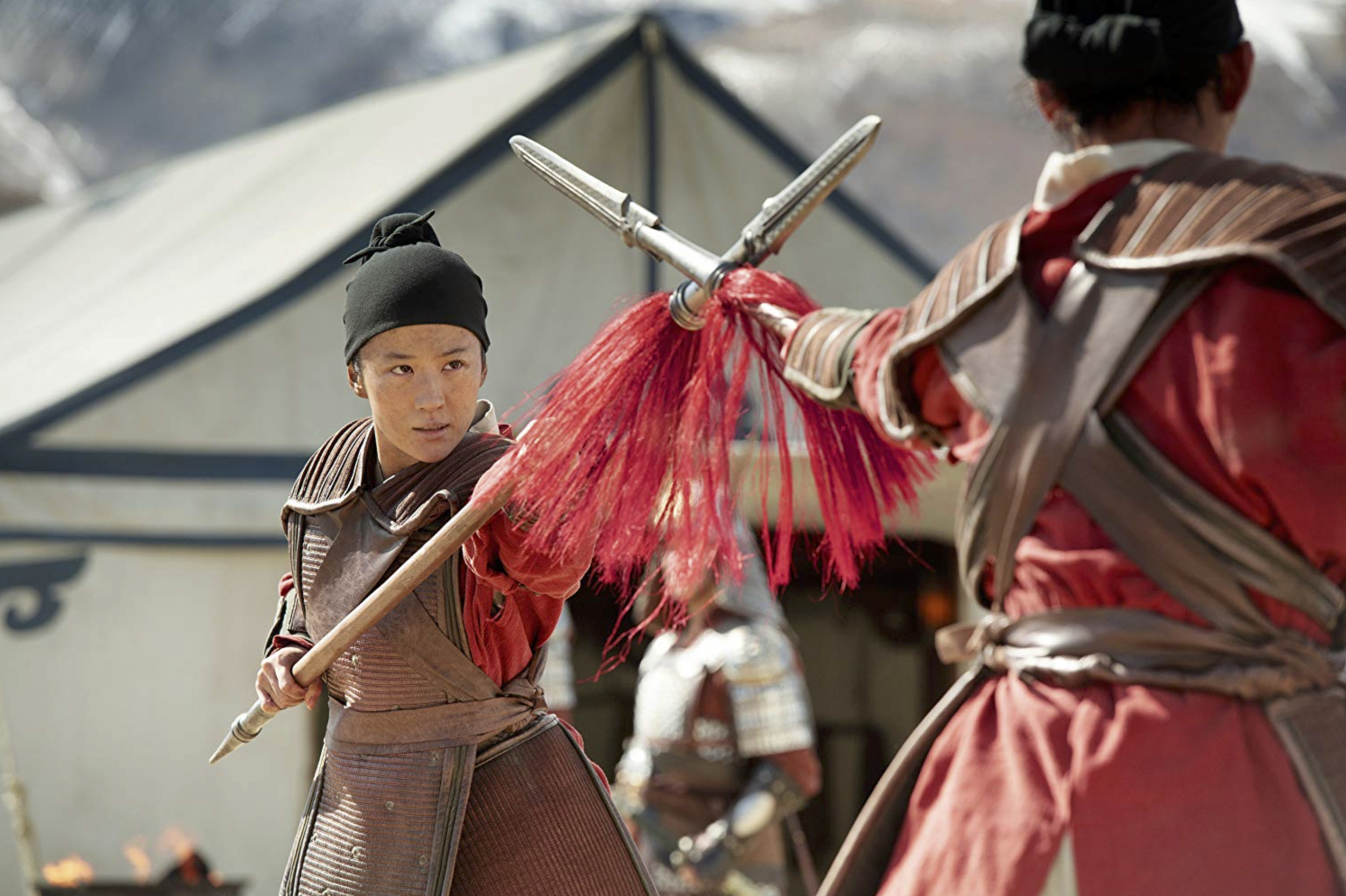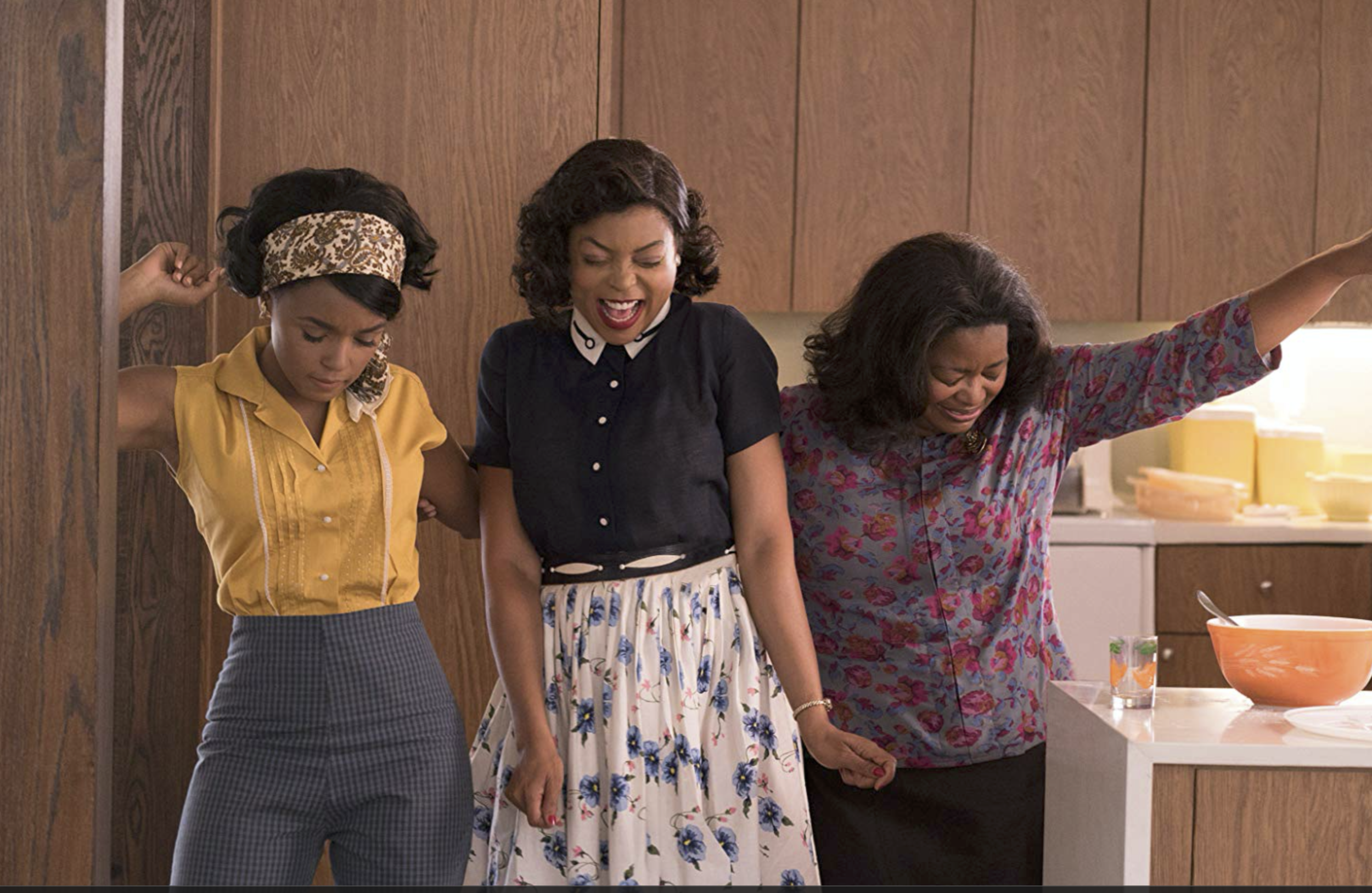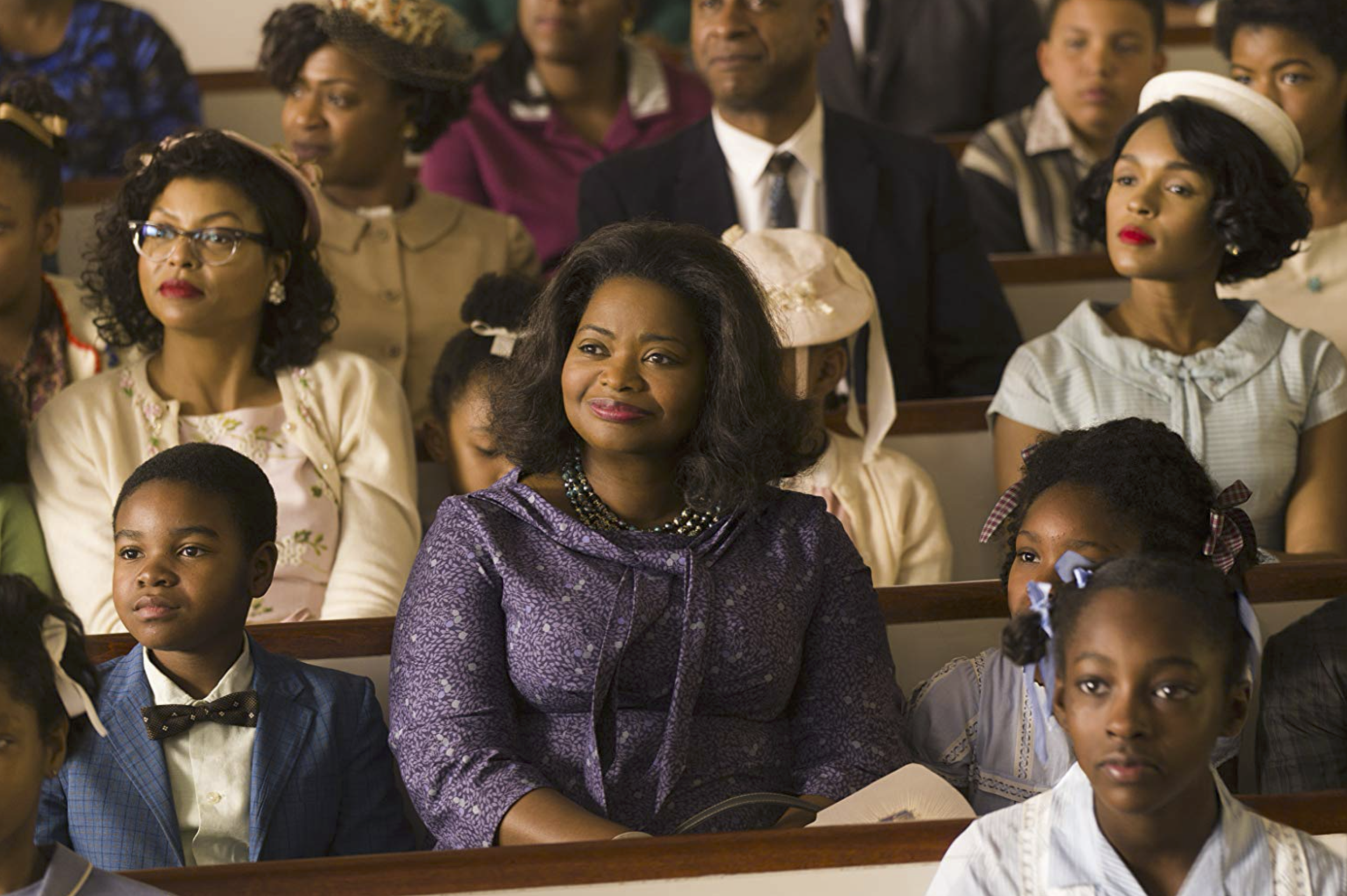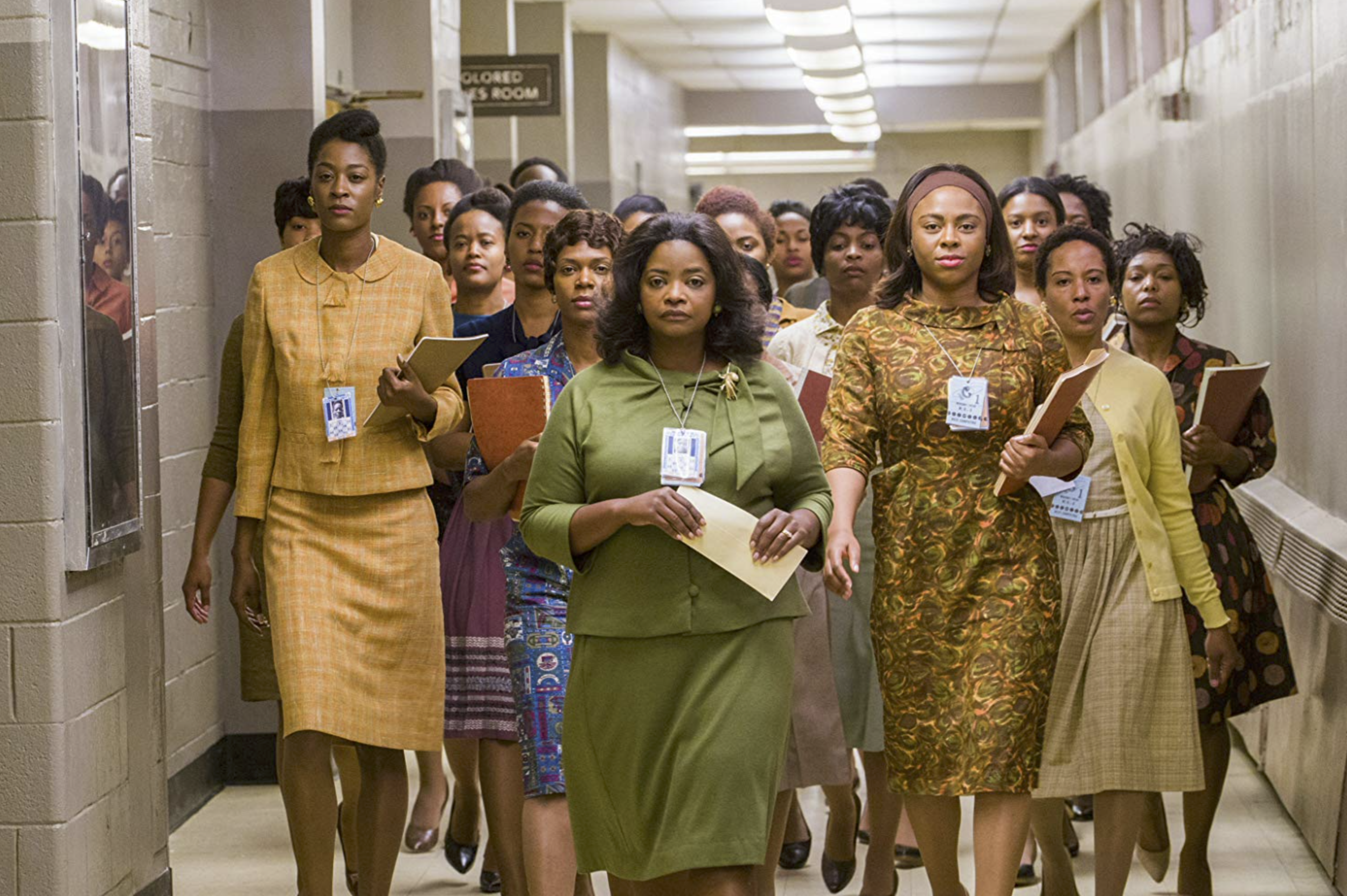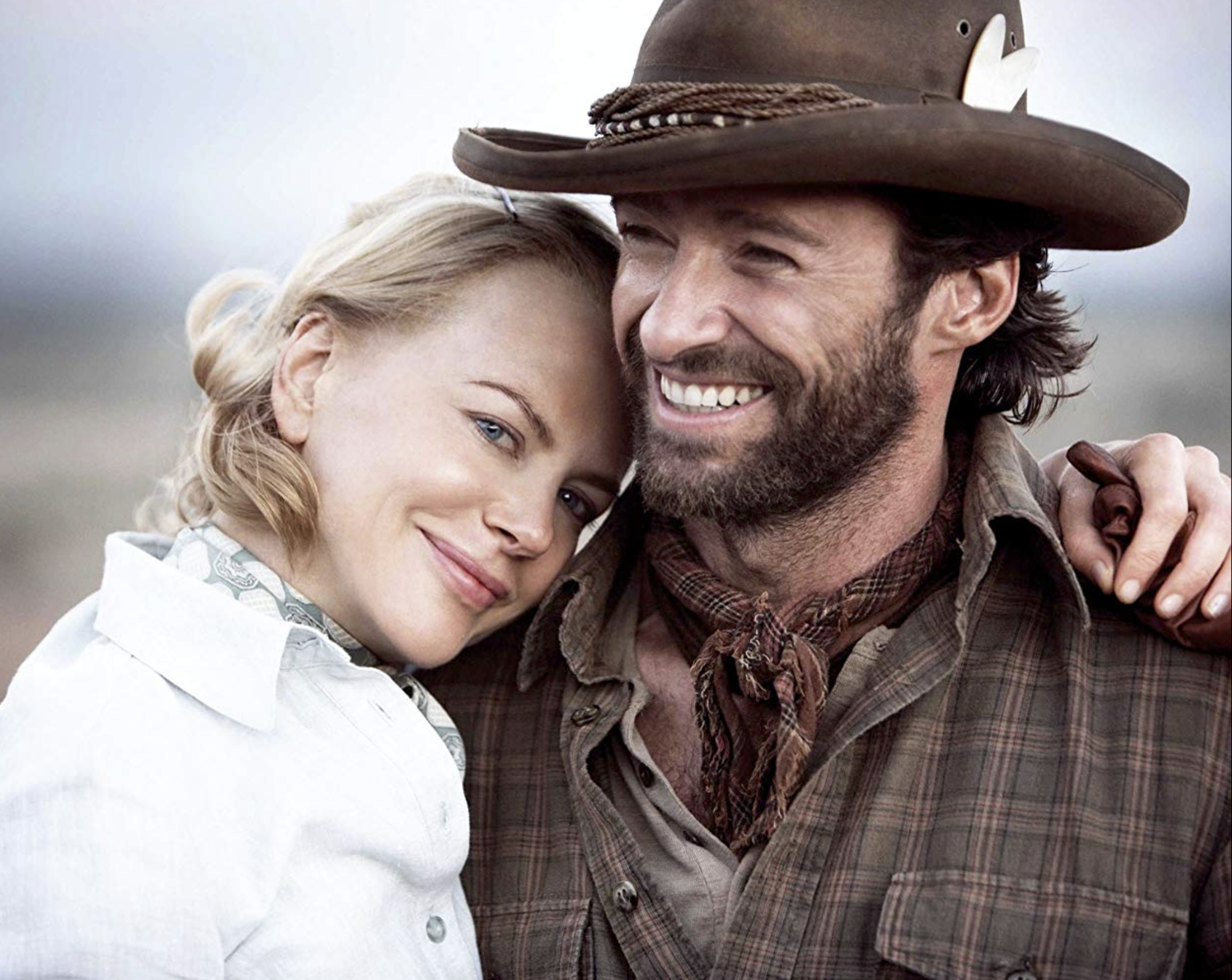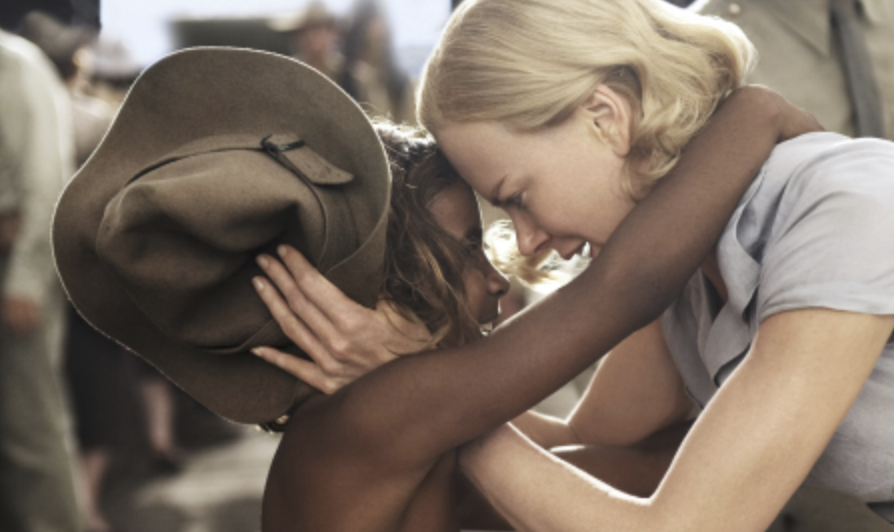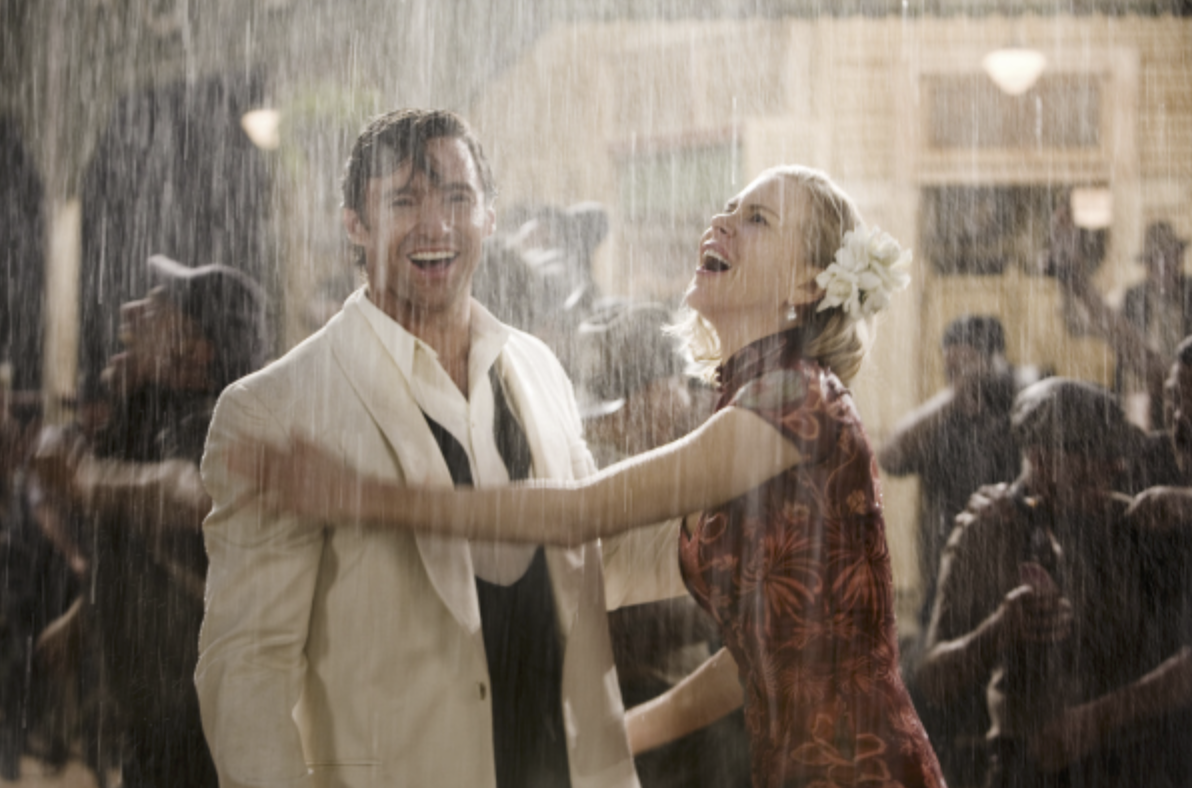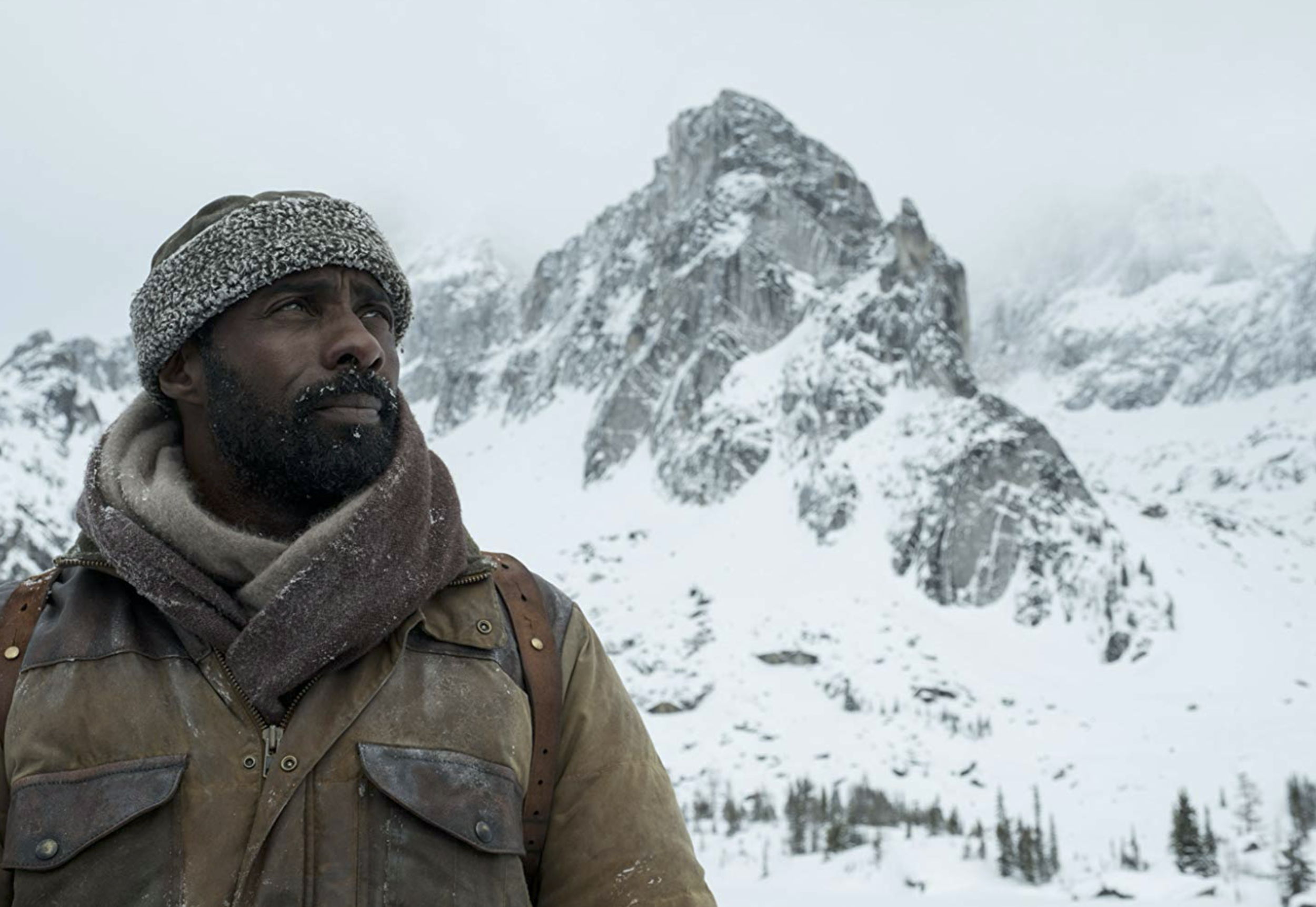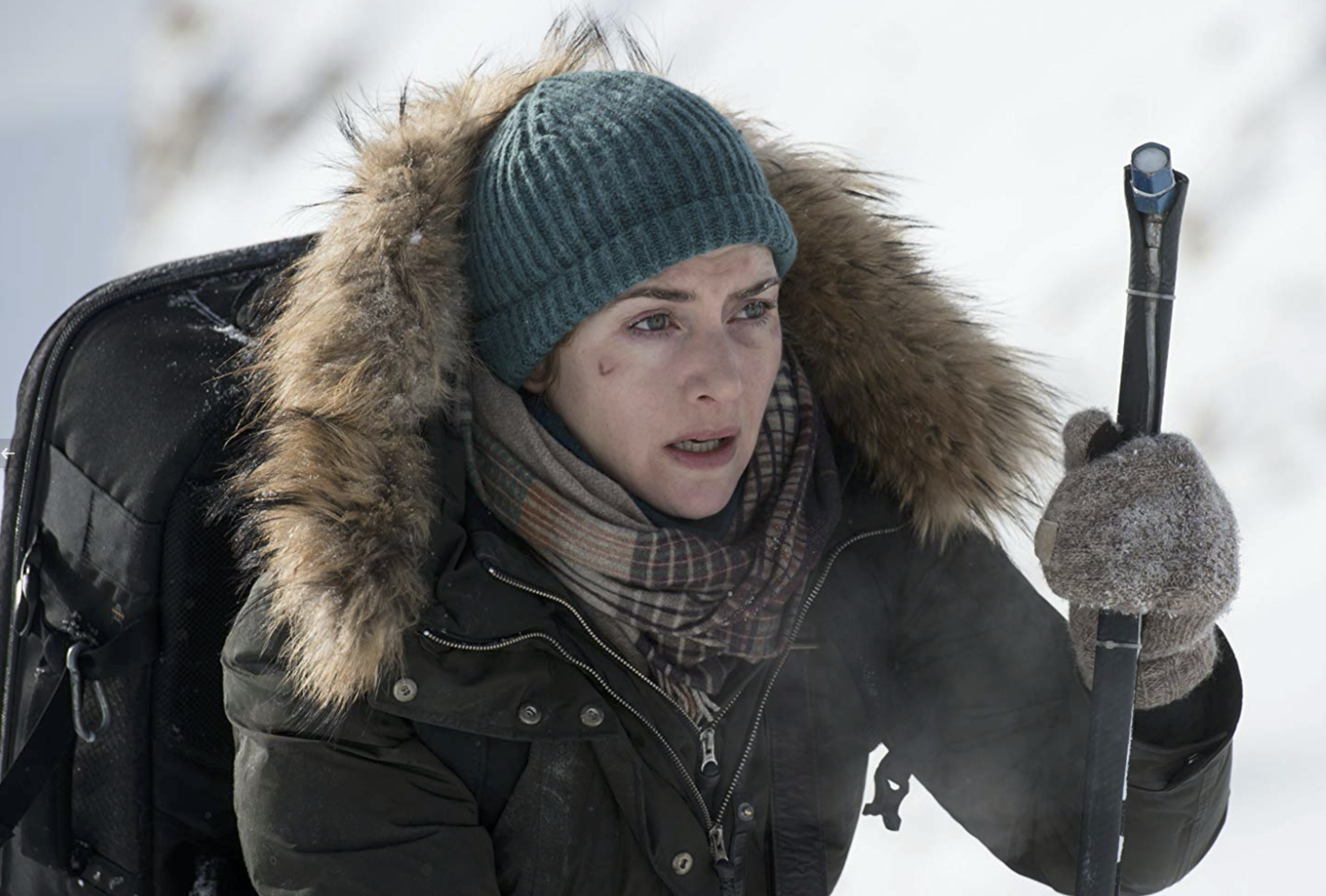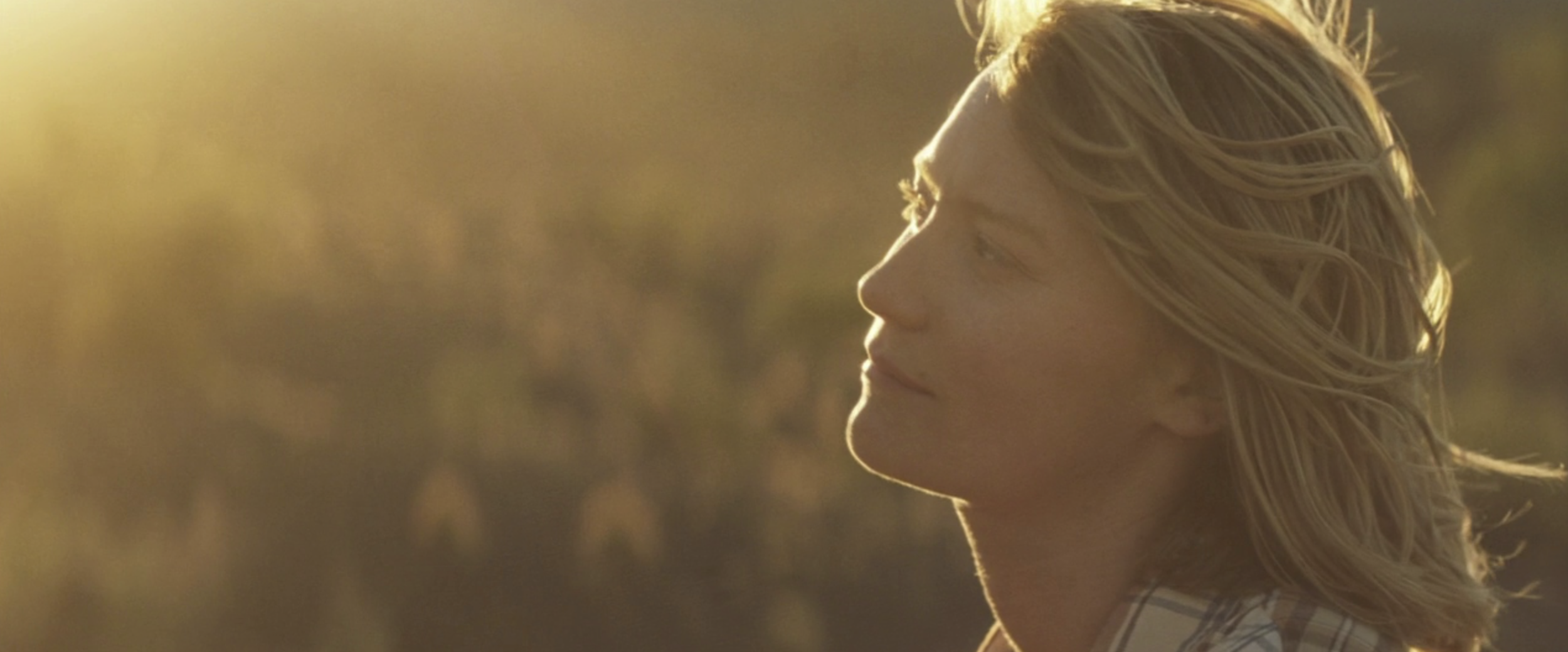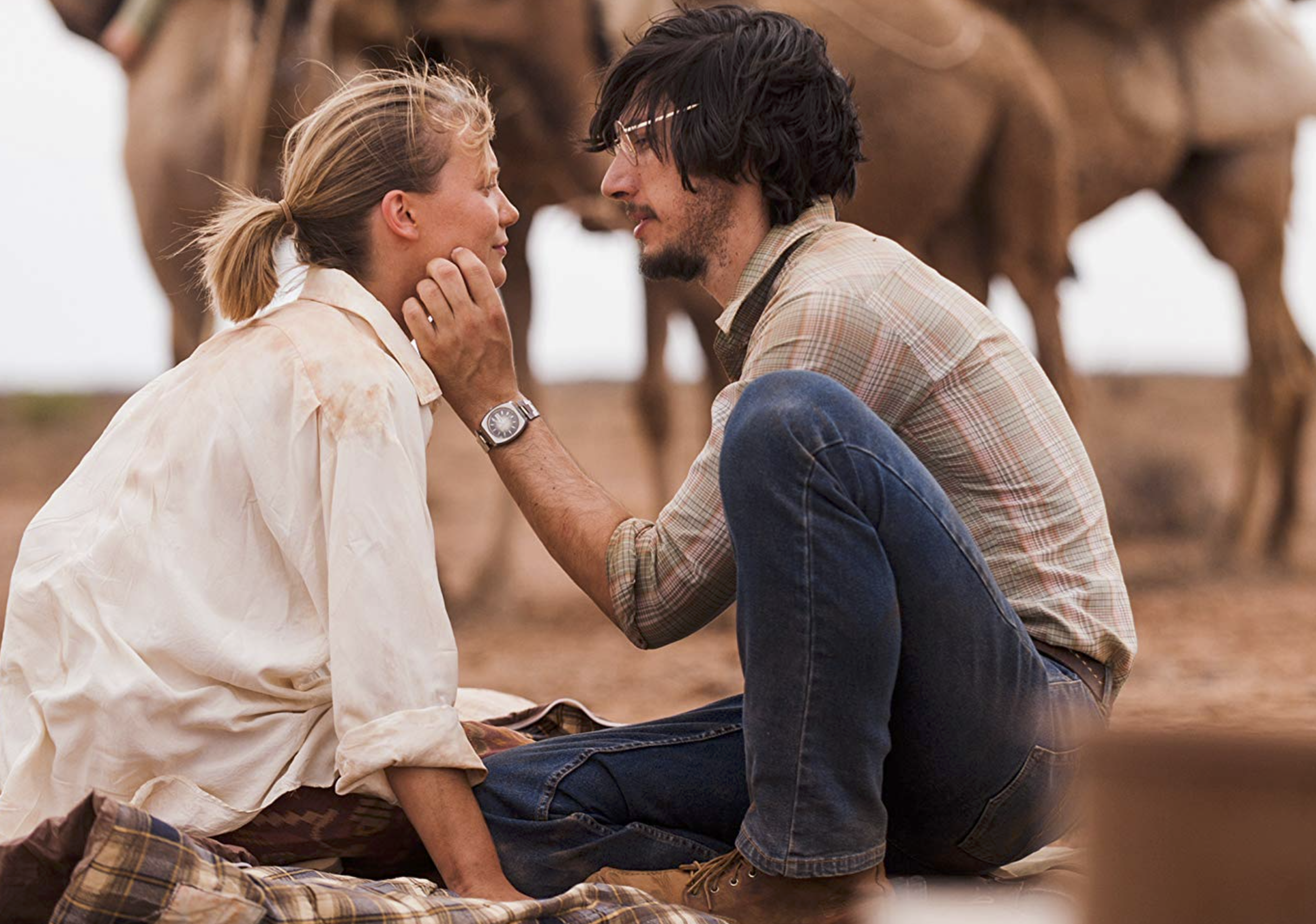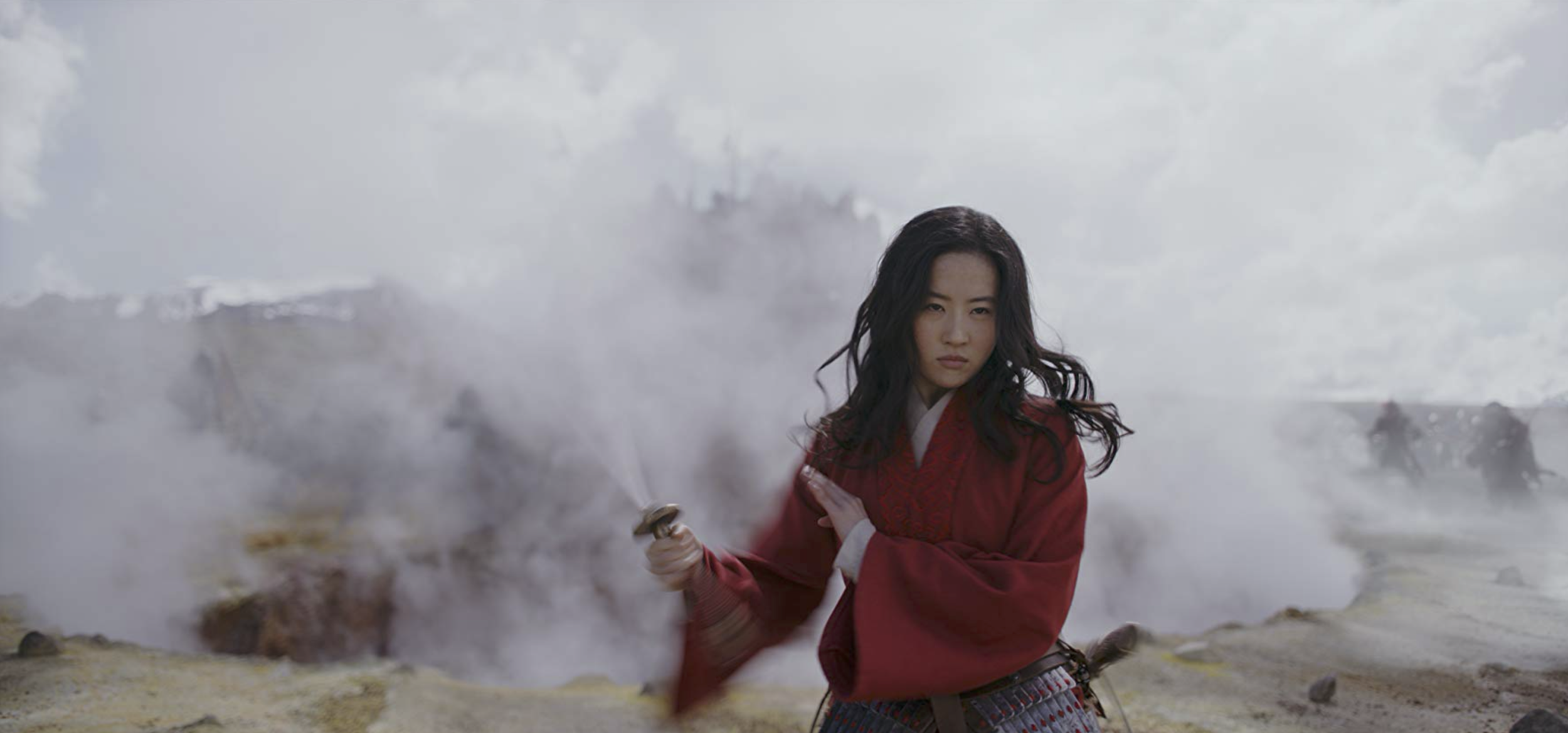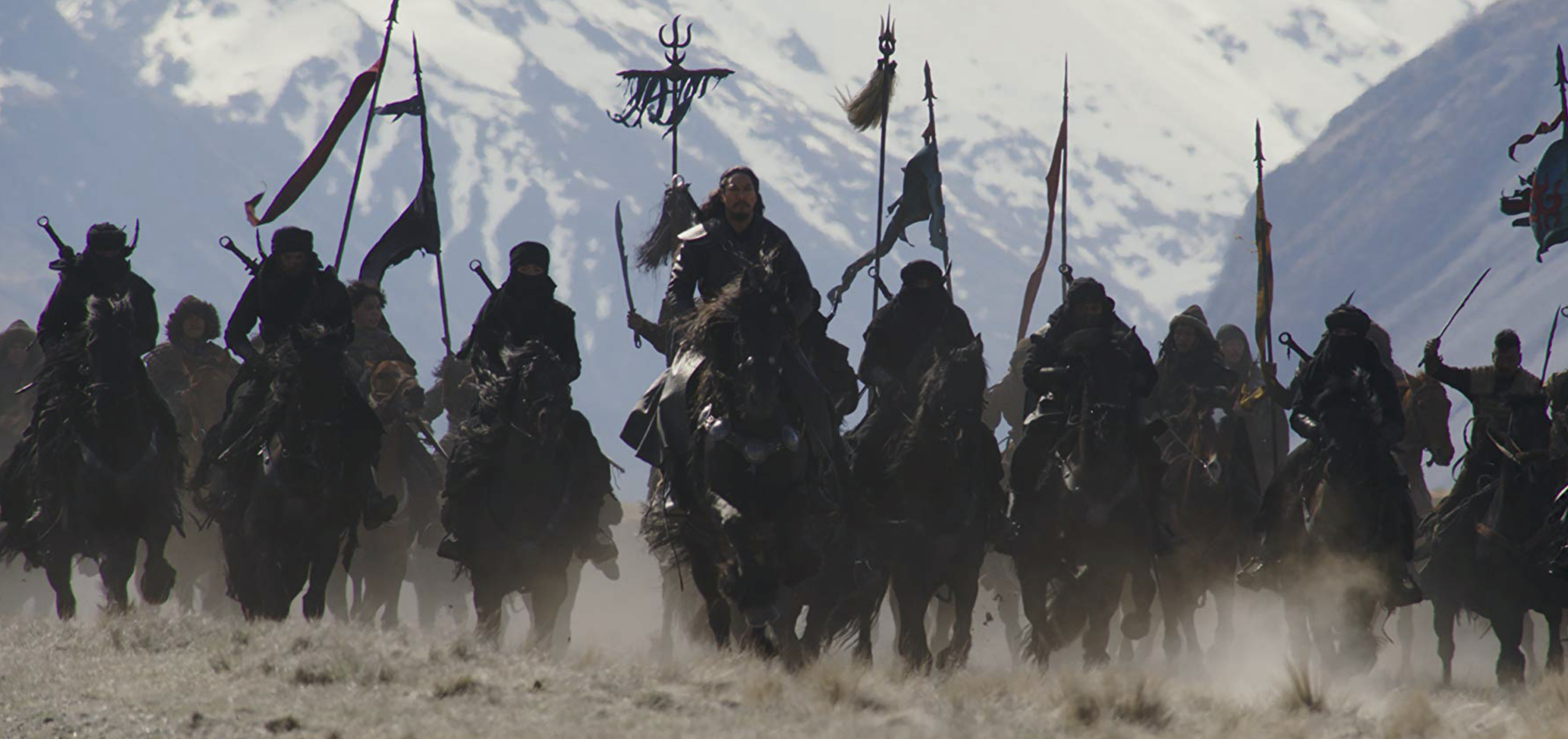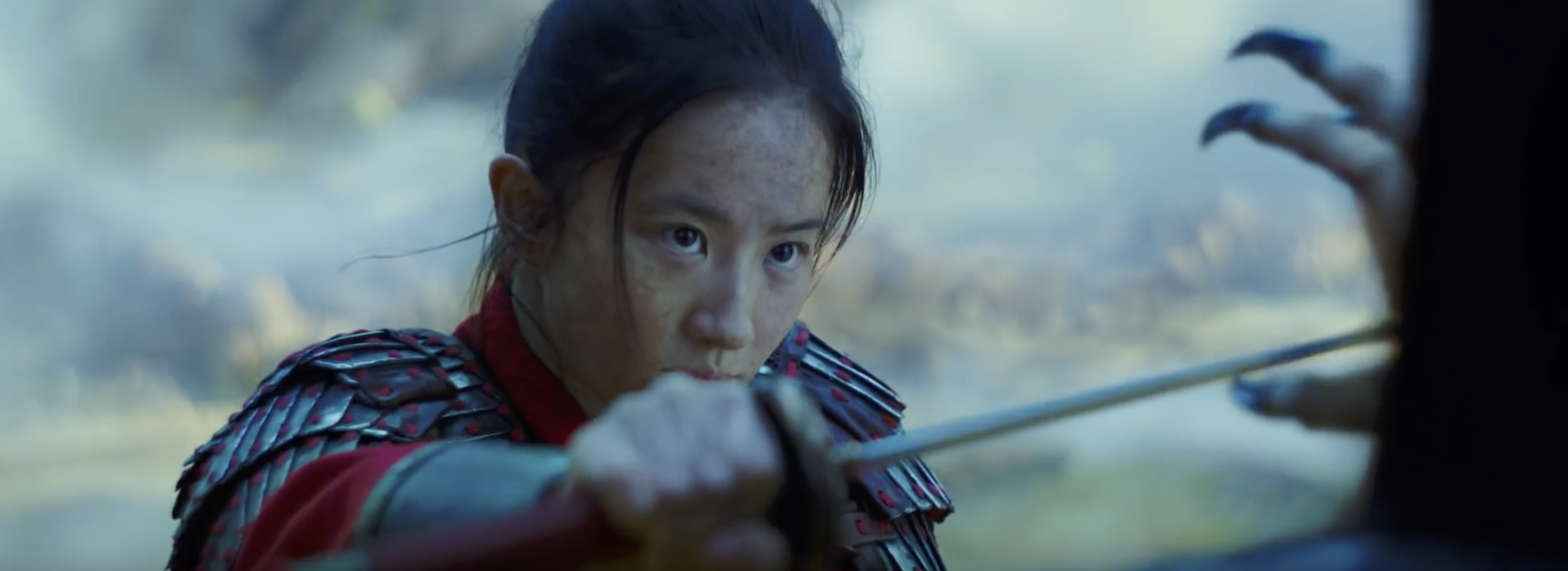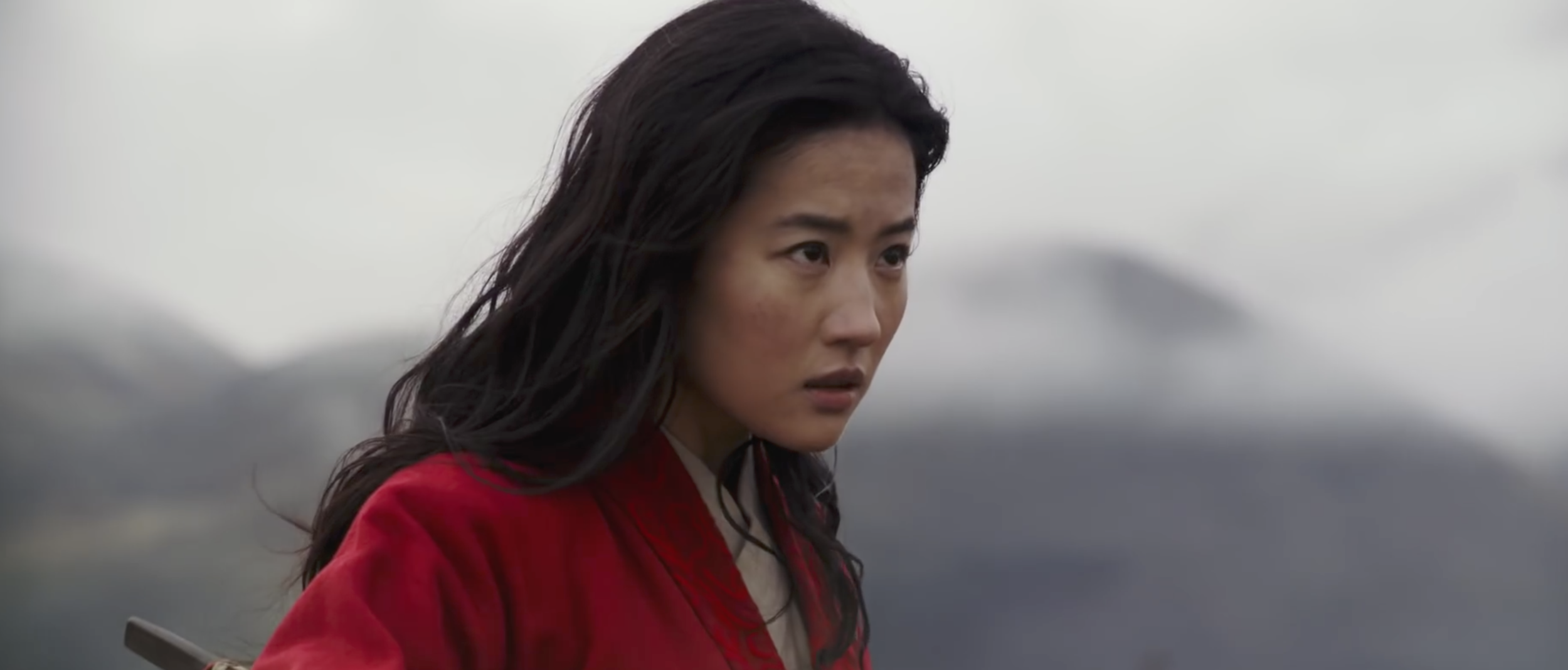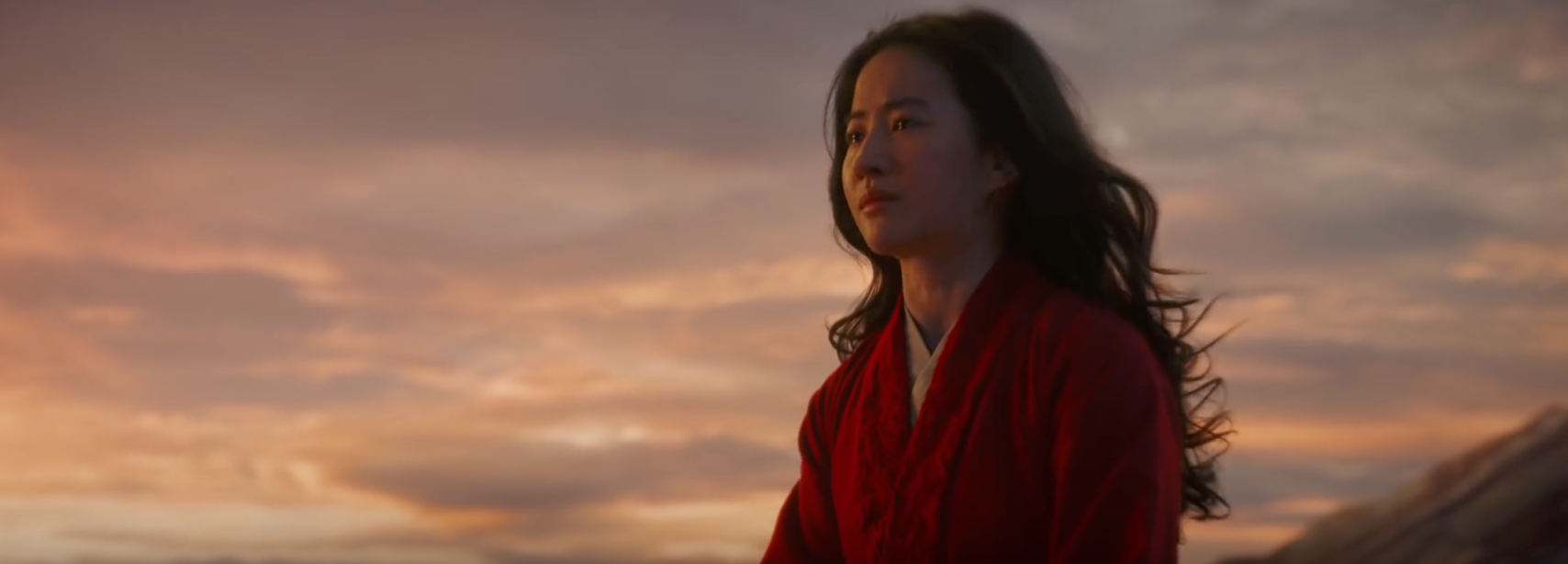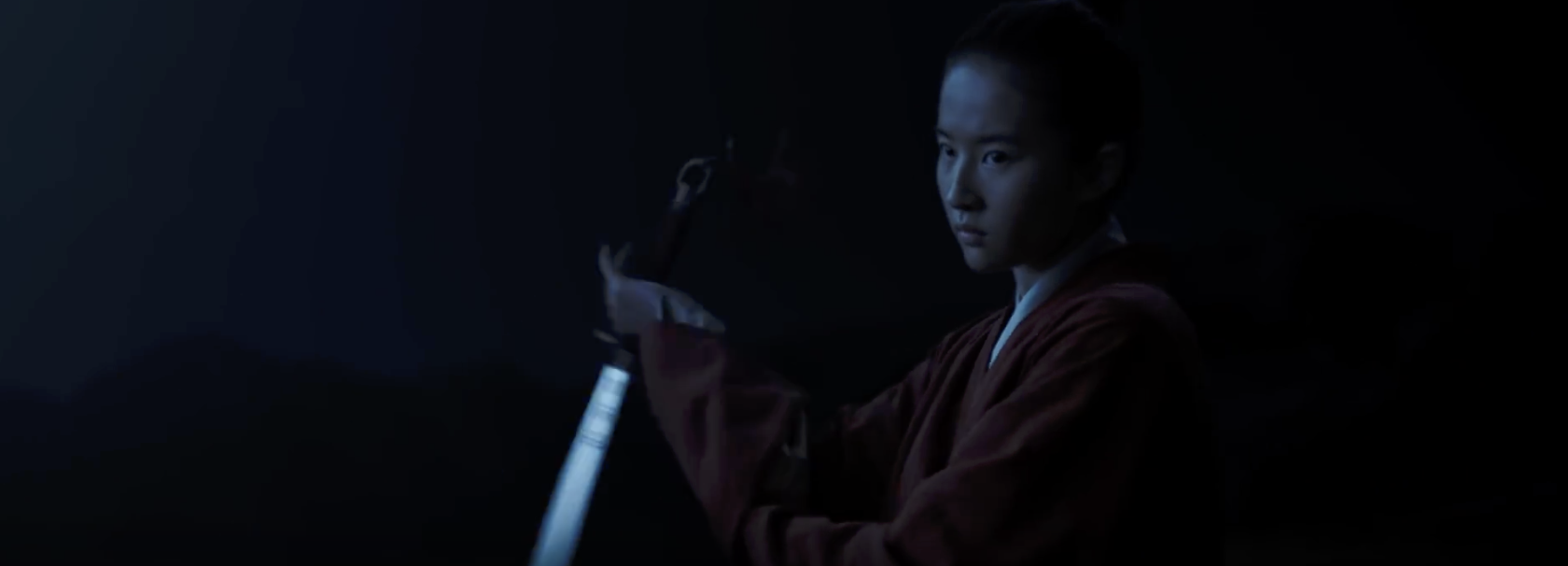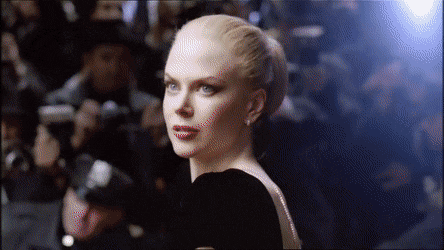Mandy Walker: I AM Mulan
Mulan (2020) - Feat. Lui YiFe - Courtesy of Disney
Award-winning Australian cinematographer Mandy Walker helms Disney’s highly-anticipated live-action remake of Mulan, directed by Niki Caro as Director of Photography; amongst a predominantly female-led key creative team—an occurrence too rare in Hollywood.
Walker, who broke out in Hollywood with Baz Luhrmann’s Australia and is currently in pre-production on his Untitled Elvis Presley Project starring Austin Butler and Tom Hanks, is considered one of the most in-demand cinematographers in the world today.
Mulan (2020) Official Trailer - Courtesy of Disney
Starting out as a runner working with Australian director Richard Lowenstein over 35 years ago, Walker, who was brought up on a love of Photography, Movies and Art since she was 13; learned her craft entirely on-set. Today, she is best known for her critically-acclaimed work on John Curran’s Tracks, Hany Abu-Assad’s The Mountain Between Us and Theodore Melfi’s Academy Award-winning hit Hidden Figures.
This live-action version of Mulan, which stars Chinese actress, Liu YiFe as Disney’s first Chinese princess—alongside Asian movie royalty Jet Li as the Emperor and Gong Li as the film’s villain Xian Lang—has high hopes to connect with both the Eastern and Western markets, after more than one billion views of the official trailer in China, following its premiere at the Women’s World Cup last year.
The ancient Chinese fable, originally based on a poem written in the Northern Wei Dynasty by an unknown poet in the 6th century, is one of the most culturally renown stories from China; that tells the legendary tale of a young village girl who joins the Chinese Imperial Army disguised as a boy to save her father’s life and eventually becomes an elite warrior and national hero.
It’s no secret that Walker is sought out for her exquisite attention to detail and her fearless approach to shooting in challenging terrain. As a veteran who takes more of a head-on approach to her filmmaking challenges these days, whether she’s helicoptering around a mountain filming Kate Winslet and Idris Elba in below zero temperatures, or framing Octavia Spencer’s Oscar-nominated performance in Hidden Figures, Walker remains adamant that anything is possible.
Working alongside director Niki Caro who wrote and directed Academy Award-nominated Whale Rider, after Ang Lee declined the project, the duo committed from the beginning to creating a fresh, contemporary and strong vision for Mulan.
I AM FILM’s Editor Liberté Grace spoke with Walker about her creative process and what we can expect from Disney’s long-awaited live-action remake of the beloved Chinese folktale.
Mulan is the story of a young woman who becomes a hero when she saves her father from conscription. Her inner journey feels like an empowering tale that young girls could really benefit from right now. Talk to me about your creative vision for Mulan, from a cinematography stand-point
MW: One of the first things that Niki had said to me was that the film is centred on her; it's Mulan and her emotional journey of discovering her inner power, which I think is a really great message to women and young girls. She realises that she has power because of what she's doing for her family.
In the process, she realises that she has this strength that she didn’t have before. She's supporting her family and also fighting for her country. And she's really smart. The film is about her coming out of her shell and realising, “I have this Chi,” which is a special power and strength, that she manages to harness for good. She goes into the army, and eventually they realise that she's a great warrior, who becomes an elite warrior of the highest rank.
Most people generally understand what a director does, but not necessarily what a cinematographer does in terms of crafting a story. How did you craft the cinematography in this film to bring to life the story of Mulan’s self-empowerment, visually?
MW: I try and explain to people that my job is not just making pretty pictures. It's actually helping the director tell a story visually.
We spend a lot of time in pre-production looking at influences and references. Niki would explain to me, using the script, how she wants the audience to feel or what's going on with the characters in each moment. And it's my job to kind of work out how we express that to an audience; in a visual sense.
A lot of it has got to do with collaboration—collaborating with the Art department and Costume, Makeup—everybody, to create every scene to be saying, and having the same message, seamlessly. Nothing should look out of place.
We looked at Chinese cinema of the past and created sets that we felt represented that milieu. We also looked at ancient Chinese art and photography, visited locations in China, and took photographs that expressed to us what was going on in the story.
“I always like my job to be something that people don’t notice brazenly—but rather, they notice it in an unconscious way—in that, they feel something.”
Mulan has a sumptuous and elegant feeling of texture and colour that is theatrical. The depth of field was beautifully crafted with a rich colour palette, bringing a sense of the mystical and iconic, while feeling personal. Tell me about how you approached creating the world of Mulan
MW: One of the first things Niki had said to us is; “It's set in history,” I think it's roughly 600 AD—it has no time period, but it's ancient. The other thing that was really important to us was that it's a Disney princess story. It's not a documentary. So, there's a beauty in where she lives and comes from and in her whole journey. Niki wanted her home to feel really warm, colourful; a really safe, beautiful environment to show that they were a family that is full of love for each other.
But, after she leaves home, the scenes and locations feel dangerous. It was meant to be the antithesis of her home environment; a desolate landscape in which she becomes a warrior. She realises, after all her training, that this is a culmination point. It is a dangerous situation and she could die. As one of the elite soldiers, she has a big responsibility. So, the approach to the palette was in opposition to the warmth and safety of everything she left and set out to protect.
There’s a lot of buzz about the incredible martial arts elements in this film. Tell us about how you approached shooting Mulan’s epic battle scenes
MW: One of the things Niki said to me was, "I don't want this to look like a generic battle sequence. I want it to be elegant." In other words, it was not gruelling stabbing, or horses crashing into each other. I remember her saying, "I don't want just guys fighting around her, it's got to be centred on her.”
So, one of the ways that we approached the battle scenes was that we used certain lenses so that the focus would fall off on the edges around Mulan, and the audience would be looking at her and her incredible martial arts, which is part of her fighting style.
When you were having that conversation with Niki about the psychology of Mulan and translating her emotional journey, how does a conversation like that start and then move towards bringing the Director’s vision into reality?
MW: A lot of it comes from talking in a more abstract sense about emotion and how she wants the audience to feel. And then, it’s my job to start thinking about how we portray that. I will start doing tests with cameras, lenses, costumes, characters and little sets, and showing ideas for how we can represent those ideas technically. And then, I take them into the lab and look at some of our grading tools and things like that.
So, it's a process that starts with discussion, influences, and references and then goes into the practical. We spent months in pre-production working this out. Niki is very focused. She was completely all over the way that the action sequences were shot, for instance, and didn't want them to be generic with just people crashing into each other and fighting.
It was about being focused on Mulan and her power and answering the question of, “How do we express her special power to the audience?”
What have been your favourite experiences on a set?
MW: Liu Yifei is so incredible, amazing and professional. She can just do anything. Most of the stunts she did herself. She's beautiful—such a joy to work with. I think, sometimes, Niki and I would have designed things in the way we would shoot a scene. For instance, there’s a shot in the first trailer—she does a leap and she rolls under the camera. We spent a lot of time thinking about moments like that; special shots that show her strength and power.
But then, when Liu Yifei would do them, they would always become a thousand times better than we had planned. And so, Niki and I would stand at the monitor and go, "Wow!" So, while we knew it was a special moment, once she came on the screen, she just made everything bigger, and more amazing, which was, for me, a really special moment when that happened.
I find that on every movie there's something wonderful, like Hidden Figures, for example—being in the room with those actors to bring about that beautiful dialogue that I still cry at every time when I see it—even when I was doing the colour timing.
And then, being in those battle sequences with Yifei, and being on the set of Australia where all the horses come in, and Nicole Kidman arrives up to the camera. When you're actually executing something and it works, for me, it's the best thing in the world.
You've worked with some of the best talents from Australia; Nicole Kidman and Hugh Jackman… And then, of course, you shot Hidden Figures with Octavia Spencer and Kevin Costner. How do you see your role as a cinematographer in helping actors to bring about their best performances?
MW: I think one of them is to have respect, to make sure that the director has their time with the actors and to make them feel safe on-set.
Once I've done my job, I step back, and I try not to have lights in their face that are going to upset them or bring too much equipment onto the set, so that they feel like they don't have the space to work. In other words, I try not to make them feel like they're in a technical situation. I'm very respectful of their ability and what they bring, so I want to make them feel comfortable.
You have said in the past that you see yourself as an artist first and a technician second. What have you learned since about how to balance those often opposing aspects of your role?
MW: I think what happened for me is the technical parts become easier because now I'm more experienced and I've had more opportunities to try different things. I always think that every film is a new challenge. I still get excited at the beginning of a movie.
Knowing that I could carry off a big film logistically makes me more relaxed about doing and trying other things. Just feeling more confident in being able to run a set and get the right people around these projects. I think that's basically what I've learned. Today, I'm more confident.
Can you discuss what the difference is between working on a much bigger set like Mulan versus a smaller, more independent film? How does the budget affect your creative process?
Mandy Walker ASC on the set of Hidden Figures (2016) - Courtesy of 20th Century Fox
MW: The way that I approach my career is that I do films that I believe in, when I want to work with the director and I really love the story. And, as I was saying, I think it comes now from experience that I will know how to make things work.
On a small film, I still try to push the envelope. Even when I was on Tracks; I did that little film with John Curran and we didn’t have much money. I think it was about 14 million and he wanted to shoot on film. He wanted the camera to be moving all the time. So I just had to think of tricky things that would work.
The same with the The Mountain Between Us. The Director wanted the shots to be moving and we were 11,000 feet above ground on top of a mountain, helicoptering. So myself and the grips invented these splay dollies and cranes that we could put together like meccano sets, that we'd be able to get up there with each helicopter.
I'll never say to the director, “Well, we can't do that because we haven't got the money.” I would say, “Okay, well, this is how we can achieve what you want and give you the same feeling.”
“It might take me a couple of weeks or a few weeks to work out how to do something, but the one thing that I love about my job is that I will have a challenge of getting the Director what they want.”
Obviously, you're at a point in you career where you've received many amazing opportunities. How do you choose when you've got two or three or four equally excellent films in front of you?
MW: It's really hard because I've had to say “no” to things that have clashed, that I really wanted to do or with directors that I love. It's become really difficult, but I have to go with what my heart tells me is the right thing to do at the right time.
There are some directors that I've worked with that I would jump to work with again and I try and make that work as much as possible or I do my best to work with someone new that I really wanted to work with for a long time.
So, speaking of excellent projects, you’re currently in pre-productin for the Untitled Elvis Presley Project, which is your third collaboration with Baz Luhrmann, since Australia and the Chanel No. 5 commercial with Nicole Kidman. What excited you about helming this project as the Director of Photography and working with Baz again?
Mandy Walker ACS ASC on the set of Australia (2008) with Baz Lurhmann - Photo by Jason Boland
MW: Well, I love working with him. I absolutely love it. I think that he's a great visionary. He's a director who is very visual and working with him and Catherine Martin together is very exciting. It was one of the best experiences of my life doing Australia with them due to the way that they work together, but also, again, he is one of those directors that has the film in his mind right from the beginning.
And so, it's exciting for me to be part of that, to be able to help him to deliver that feature. He's always busy and he's always doing stuff. I just find that even when he's not on films, he's creating stuff; working on films or theatre or music. He never stops. He's very inspiring and collaborative and that's what I love.
And finally, what are you hoping this new history-making version of Mulan will bring to audiences?
MW: I think that we really have achieved what we set out to do. And that was, Niki's vision of creating a film that has battle sequences that are focused on a woman and her journey and her power—her inner power. The reasons why she joins the army and takes her father's place, and her devotion to his family and the setting and country—the way that we viewed that was, I think, a really fresh vision for a film like this. I believe that Niki is incredibly talented and what she's done is really special and I can’t wait for the film to be released.
Mulan will be released on March 27. To follow Mandy Walker who is on the Board of Govenor’s Cinematographer’s branch at the Academy of Motion Pictures and Sciences, visit her website and follow her on Instagram.
About the Filmmaker
Mandy Walker
Cinematographer
Mandy Walker was born and raised in Bundoora, an outer suburb of Melbourne in 1963. She apprenticed as an assistant on several documentaries and music videos before shooting her first feature film, Return Home, at the age of twenty-five. She has 30 screen credits including Mulan, The Mountain Between Us, Hidden Figures, Parklands, The Well, Lantana, Australian Rules, Shattered Glass, and Australia.
Mandy Walker has filmed commercials for Nike, Toyota, Caltex, Cingular Wireless, Foxwoods Casino and, most notably, the spot for Chanel No. 5 :The Film directed by Baz Luhrmann and featuring Nicole Kidman. She became a member of the Academy of Motion Picture Arts and Sciences in 2009 and is an Accredited member of the American Society of Cinematographers and the Australian Cinematographers Society, since 1999. Mandy was the Kodak Artist in Residence at UCLA film school for the 2014-15 academic year, and in 2015 she received the Kodak Cinematography Mentor of the Year Award. For the John Curran-directed Tracks, Mandy won an Australian Cinematographers Society’s Gold Award and a Film Critics Circle of Australia Award while also earning a Best Cinematography nomination from the Australian Film Institute. For Director Baz Luhrmann’s Australia, she received a Satellite Award, the Hollywood Cinematographer of the Year Award, and the Women in Film, Kodak Vision Award in 2008. Earlier in her career, Walker garnered a Film Independent Spirit Award nomination for Best Cinematography for Billy Ray’s Shattered Glass (2003). Prior to that, her lensing of director Kathryn Millard’s Parklands (1996) won the Best Cinematography in a Non-Feature Film honor from the Australian Film Institute. The Australian Cinematographers Society honored her with their Award of Distinction for Parklands and Lantana. She was nominated for the Australian Film Institute Award for Best Achievement in Cinematography for The Well, the Film Critics Circle of Australia Award for Best Cinematography for The Well and Lantana, and the Independent Spirit Award for Best Cinematography for Shattered Glass. [Source: Edited from Australian Cinematographer’s Society]



